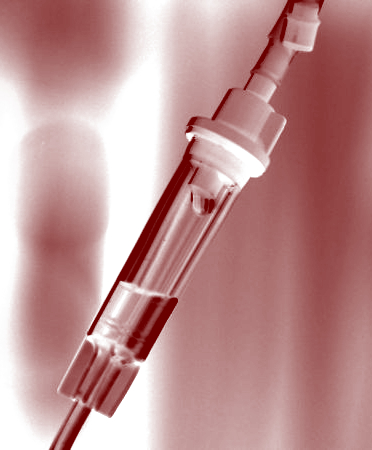Needless treatments reviewed
 The Grattan Institute says far too many patients in Australian hospitals get a treatment they should not receive, even against evidence that the treatment is unnecessary or does not work.
The Grattan Institute says far too many patients in Australian hospitals get a treatment they should not receive, even against evidence that the treatment is unnecessary or does not work.
Their new report identifies five treatments that should not be given to certain types of patients.
They found improper or unnecessary treatments happen to nearly 6,000 people – or 16 people a day – in 2010-11.
The treatments – which include treating osteoarthritis of the knee with an arthroscope, filling a backbone with cement to treat fractures and putting patients in a pressurised oxygen chamber when it will not improve their condition – can cause harm.
Some patients who had the treatments developed infections during their hospital stay or could have avoided the stress, cost, inconvenience and risk of a hospital stay altogether.
These treatments happen in only a minority of hospitals, but some of those hospitals provide them at 10 or 20 times the average rate, at great cost to patients and the community.
Grattan researchers say Australia needs a system to let these outlier hospitals know where they stand so that they can improve their care.
They argue that more thorough use of data that governments already possess could identify many more treatments that should be performed rarely or never on many patients.
There are reasons why clinicians sometimes choose inappropriate treatments. Evidence about treatments can be hard for clinicians to evaluate, access and use.
There is little systematic monitoring of where these treatments happen, and there are rarely major negative consequences for providing ineffective care. In fact, hospitals and clinicians get income for doing so.
The new report explains how and why some patients get ineffective care and what governments should do to ensure that far fewer people get the wrong treatment.








 Print
Print